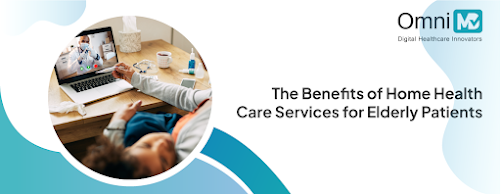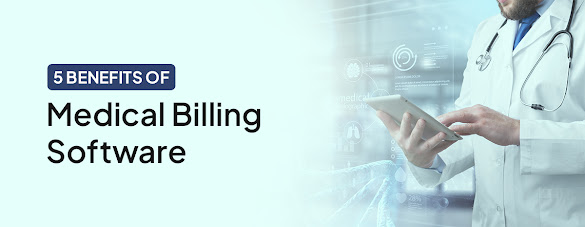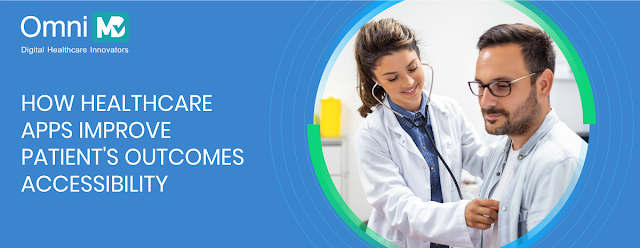Interoperability in Healthcare: Challenges and Benefits!
Introduction
In healthcare, interoperability refers to timely and secure electronic health data access, use, and integration. This is to optimize health outcomes for individuals and populations. Securely accessing and sharing health data has always been a big challenge in healthcare. In this blog, let us study some of the challenges and benefits of interoperability in health care.
In healthcare, interoperability refers to timely and secure electronic health data access, use, and integration. This is to optimize health outcomes for individuals and populations. Securely accessing and sharing health data has always been a big challenge in healthcare. In this blog, let us study some of the challenges and benefits of interoperability in health care.
Why Is Healthcare Interoperability Important?
Due to the paradoxical nature of healthcare data, it isn't easy to share. It is susceptible, and at the same time, it requires a high level of privacy and security. Also, it may be difficult to access it when needed, which may cause a significant level of harm. Due to a lack of interoperability, an incomplete understanding of an individual's or a population's health needs may arise. This may result in increased healthcare expenses and inferior outcomes.
Healthcare Interoperability Challenges
Several experts and leaders think
that if different systems can work together better, healthcare will also
improve. But, there are problems that healthcare organizations usually have
when they try to make their data and systems work together. Let's check out
those problems and how organizations can solve them.
- Health Data Interoperability and The Healthcare Industry
- Patient Life Expectancy and Interoperability
- Poor Coordination
- Restricted Budgets
- Legacy Systems
Nevertheless, when different healthcare systems can easily share information, it helps doctors and hospitals work together smoothly. This means better patient care because everyone involved can access the correct data at the right time. Here are some benefits as mentioned below:
- Better Coordination of Care
- Better Performance:
- More Satisfactory Experiences:
Conclusion
Healthcare IT continues to evolve as the demands of systems operations and data accessibility constantly change. The number of connected healthcare systems is currently ever-increasing. Hospitals possess multiple systems and user-operated medical devices. These need to connect and exchange data using various common standards. A growing demand exists to overcome the fragmentation of different healthcare technologies. This will help improve the utilization of clinical data. Besides, this will also increase operational efficiencies. Thus, it can be seen that healthcare data interoperability removes several complexities, including manual steps. This helps healthcare organizations organize information to reach the correct access points and helps healthcare providers make quick and accurate decisions. OmniMD enables you to realize truly connected healthcare with proven interoperability solutions. Contact us to know more!




Comments
Post a Comment